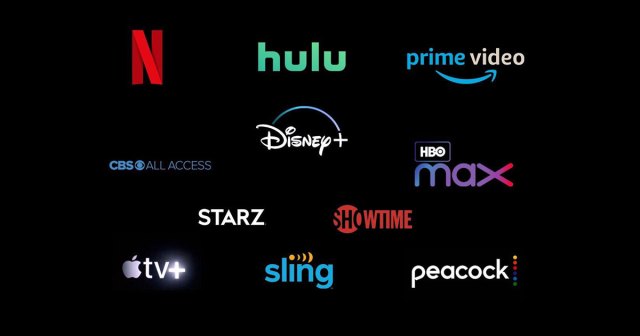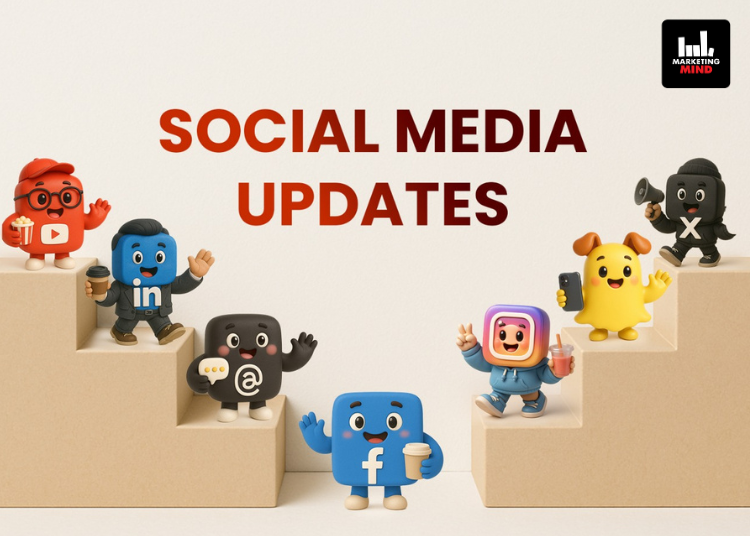OTT platforms have gained huge popularity over the years. In fact, the recent lockdown period due to the COVID19 has proved the most beneficial for these online streaming apps which have played an important role to keep us all entertained.
Netflix, Prime, Hotstar, Hulu, all have seen a surge in users. More so many mainstream movies that were due to release on the silver screen have decided to go ahead and use one of these platforms to release their films. This step was taken considering the situation around the pandemic and the uncertainty of having multiplexes reopening anytime soon.
But have you ever wondered what type of monetization models these OTT platforms have? To answer that question, we bring you this article explaining the various revenue models these companies have.

Firstly, these companies follow the VOD business model which stands for Video on demand. This service enables the viewers to watch their choice of a movie at their leisure. Unlike cineplexes where they run movies at their schedule and of their choosing. There are 3 types of VOD models that you can adapt to.
SVOD: Subscription Video on Demand
SVOD is a video-on-demand service that allows users to access an entire video library for a certain recurring fee. This fee may be charged daily, weekly, monthly, or annually, depending on the company’s policies. Once the user has paid for access to the service, they can watch as many videos as they want as per their subscription.
Examples: Netflix, Hulu, HBO, Prime.
AVOD: Advertising Video on demand
AVOD refers to ad-based video on demand that is free to its consumers. In this model, ad revenue is used to balance the production and hosting costs.
Examples: Youtube, AOL On, FilmOnX

TVOD: Transactional Video on Demand
TVOD service allows you to buy content on a pay-per-view basis. Unlike SVOD, you are charged per video or video package rather than gain access to the entire library.
Examples: Google Play and iTunes
Apart from the above 3 VODs, there is one model that is also popular amongst many users.
Hybrid Model
A Hybrid model is a combination of one or two services as mentioned above. Once a user signs up on the platform, they are provided with a library of videos. While many come free of cost, the user can opt for a paid membership to access certain videos that are accessible via membership only. This paid pack can be either in the Subscription or the Pay-Per-View model.
Examples: Hotstar
















